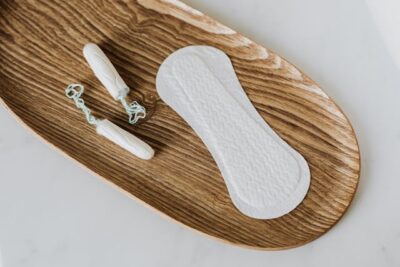
Christopher Nolan is one of those rare filmmakers who routinely make high concept genre films with massive budgets, usually in the service of exploring two of his pet obsessions – the amorphous nature of identity and the subjectivity of time. Because his box office success allows him to realize his unique visions unencumbered by studio executives, Nolan is considered a true auteur. But even though he modernized the superhero genre with his Batman trilogy, challenged our notions of time and space in Interstellar, and combined James Bond thrills with surrealistic dreamscapes in Inception, his second feature, Memento, released in 1999, is arguably still his best. Despite having an indie budget of only nine million dollars, Memento has withstood the test of time.
Memento is a neo-noir starring Guy Pierce delivering a magnetic performance as Leonard, a man seeking revenge against an unidentified thug who killed his wife during a home invasion. Complicating matters, Leonard suffered a head injury during the intrusion, rendering it impossible for him to make new long-term memories; he remembers everything prior to his injury, but new memories fade in a matter of minutes. Leonard compensates with a well thought out system, keeping his mission at the forefront of his mind with tattoos and using labeled Polaroids to keep track of those he encounters.
What makes Memento so memorable, no pun intended, is in the way Nolan structured the film. The story cuts back and forth between two different timelines. The first unfolds in normal linear fashion, the second involves scenes arranged in reverse chronological order. It sounds confusing, and initially it can be. But the two timelines are color-coded, with the linear one shot in black and white, while the one that works its way backwards is in color, so it doesn’t take long to get one’s bearings. The black and white sequences provide exposition as Leonard explains his situation to an unknown caller over his hotel room phone. The color sequences follow Leonard as he plays amateur gumshoe, sleuthing for the identity of his wife’s killer. The deliberate backwards storytelling of the color sections is an inspired synthesis of technique and theme; by deferring the events that precede each of its scenes, Nolan conveys Leonard’s subjective experience while putting us at a similar disadvantage.
Within the first scene of Memento, Nolan cleverly provides hints to the story about to unfold with a close-up of a Polaroid photo filmed in reverse so that it begins as a fully developed picture before fading into undeveloped whiteness. It’s such a simple shot, but it brilliantly foreshadows the reverse chronology to come, as well as representing the quickly dissipating memories of Leonard. Complementing the stylistic flourishes are fantastic supporting performances given by Carrie-Anne Moss, who plays a femme fatale not completely devoid of empathy, and Joe Pantoliano doing what he does best, playing a sleazy character with ambiguous motives. Memento ends as brilliantly as it begins, merging the two disparate timelines into one, and leaving us with a disquieting insight into human nature – that even fundamentally good people can gaslight themselves.
Interestingly, Nolan’s 2020 film, Tenet, released over two decades after Memento, comes full circle with his preoccupation with time. Nolan took the editing structure of Memento and imposed it on the actual world where Tenet takes place, inhabiting it with characters and objects traveling simultaneously both forwards and backwards within time, making Tenet an apotheosis of Nolan’s infatuation with dueling timelines and the perfect companion piece to Memento.











Memento is such an amazing movie in the amnesia sub-genre! It still holds up.